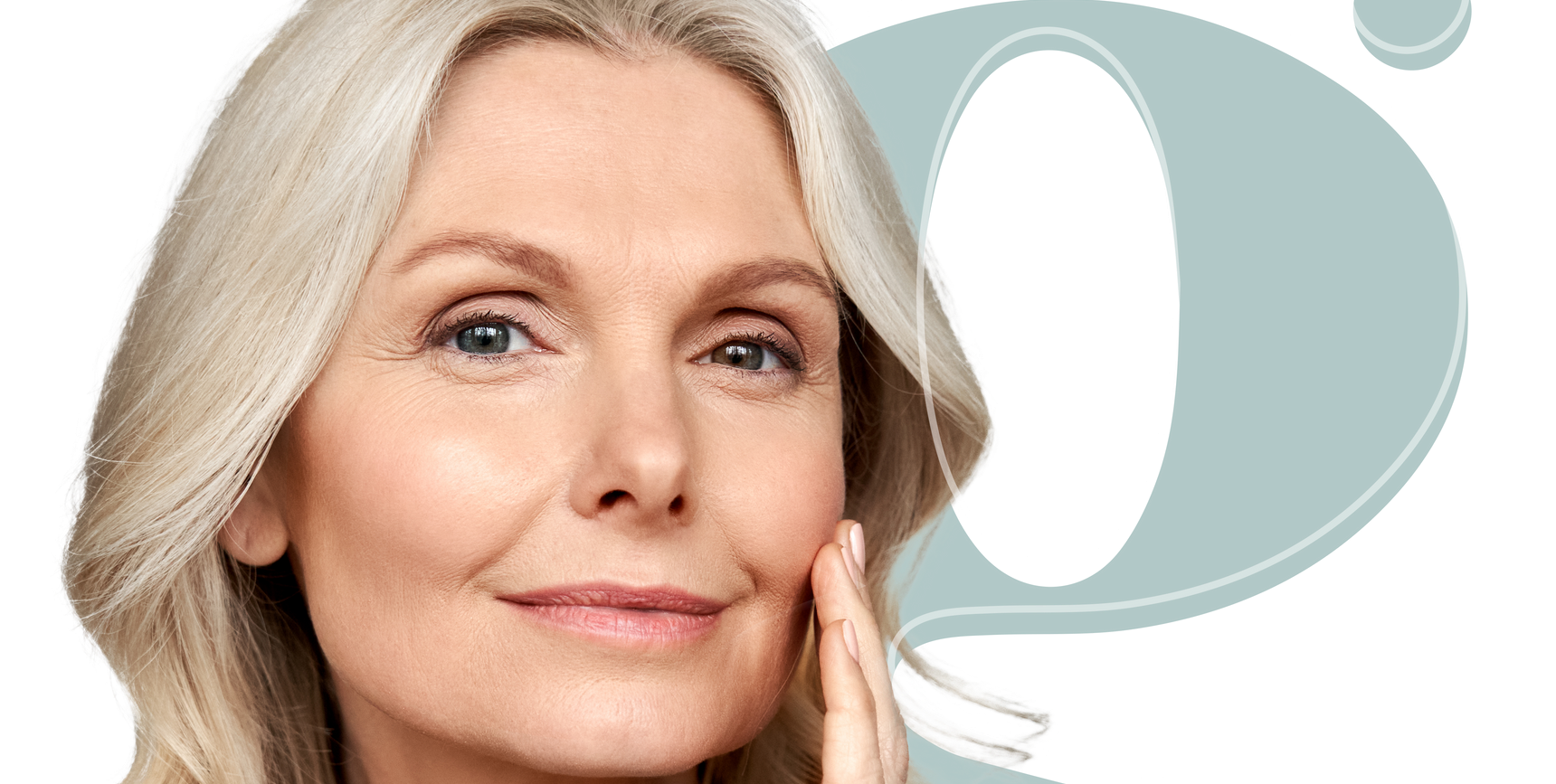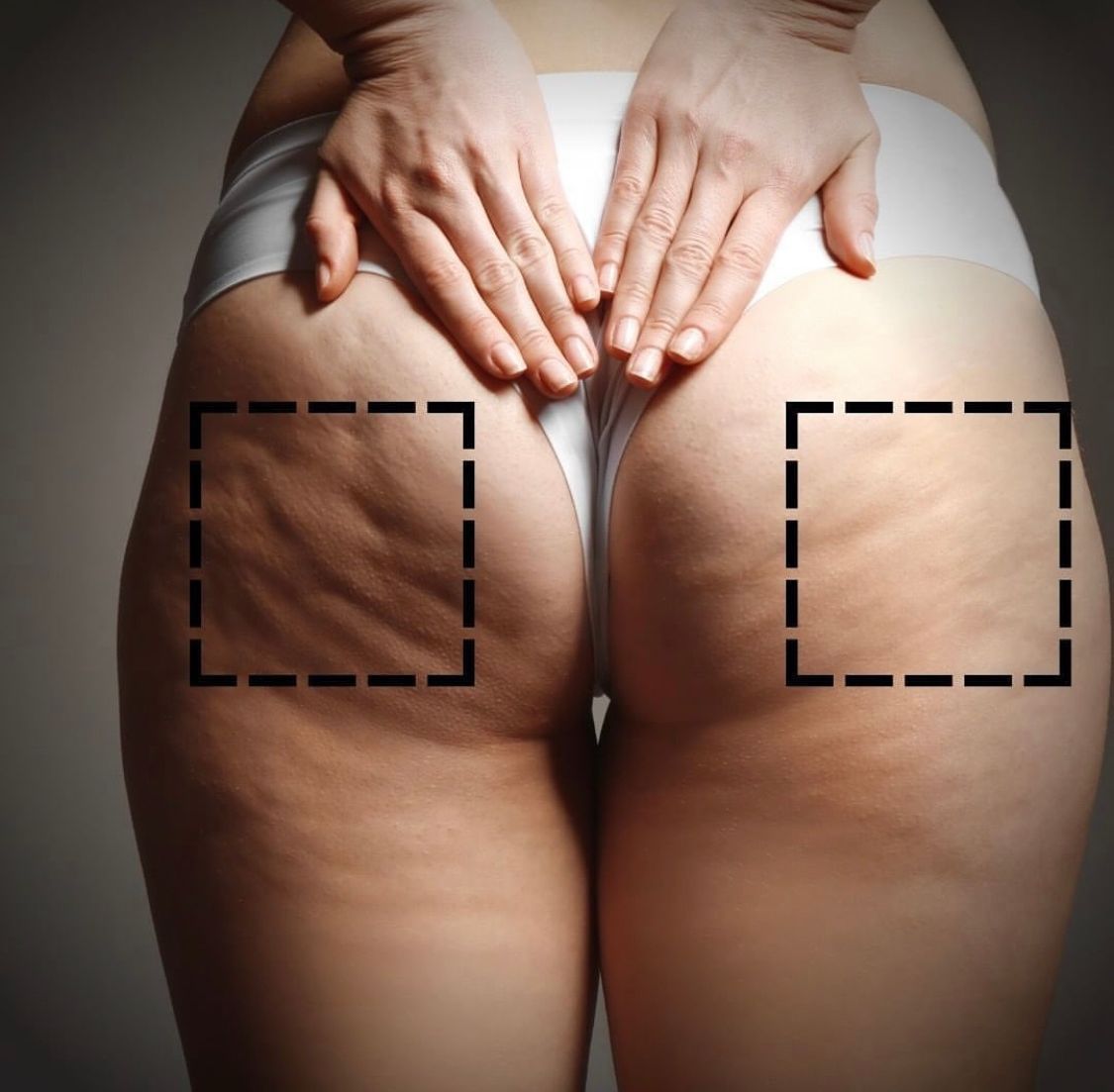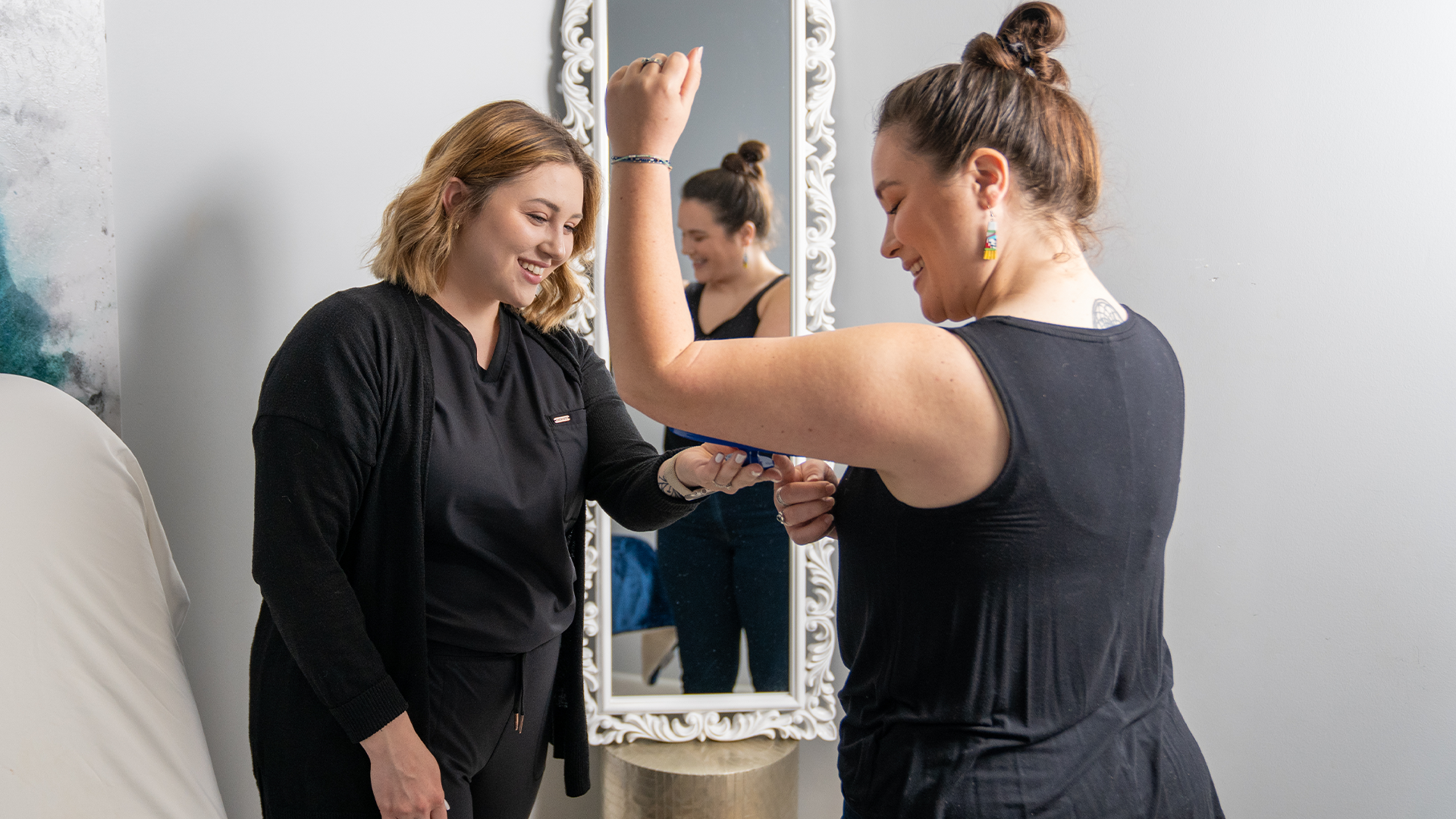Smoking and Its Effects on the Skin
 Beyond its known links to cancer, lung disease and heart disease, smoking can accelerate the skin’s aging process. Aging of the skin means that it drops, develops wrinkles and lines, and can become dry and coarse with uneven skin coloring and broken blood vessels (telangiectasia). Smokers can appear gaunt and develop an orange or grey complexion.
Beyond its known links to cancer, lung disease and heart disease, smoking can accelerate the skin’s aging process. Aging of the skin means that it drops, develops wrinkles and lines, and can become dry and coarse with uneven skin coloring and broken blood vessels (telangiectasia). Smokers can appear gaunt and develop an orange or grey complexion.
Since the 1970’s, studies have shown that smoking results in more premature facial wrinkling than sun exposure. Lines around the eyes called “crow’s feet” can develop at an earlier age. The skin under the eyes is very delicate, and smoking damages this delicate tissue.
Multiple vertical lines around the mouth can also occur and are called “smoker’s lines”. Smoking delivers a one-two punch to the area around your mouth. Smokers use certain muscles around their lips that cause them to have dynamic wrinkles that nonsmokers do not. Second, you have the loss of elasticity. Together, these factors can lead to deep lines around the lips.
The thousands of chemicals in cigarette smoke cause a breakdown in the major structural components of the skin, elastin and collagen. When these components are damaged, your skin loses its firmness, elasticity and strength.
These effects continue into old age. By the age of 70, smoking 30 cigarettes a day could lead to the equivalent of an extra 14 years of skin aging.
It is not certain exactly how smoking causes early aging of the facial skin. Theories include:
- n
- Heat from the cigarette directly burning the skin
- Changes in the elastic fibers of the skin
- Narrowing of blood vessels (vasoconstriction), which reduces blood supply to the skin and can cause changes in the skin’s elastic fibers and loss of collagen
- Reducing Vitamin A levels and moisture of the skin
n
n
n
n
 Quitting smoking can improve your appearance. As blood flow gets better, your skin receives more oxygen and nutrients. This can help you develop a healthier complexion.
Quitting smoking can improve your appearance. As blood flow gets better, your skin receives more oxygen and nutrients. This can help you develop a healthier complexion.
When you quit smoking, you make your skin more resistant to premature aging. As for the wrinkles and age spots you already have, all is not lost. There are products former smokers can use to make their skin look better. These include topical retinoids and antioxidants, such as vitamins C and E. It is also recommended to wear sunscreen every day.
For more dramatic results, some former smokers choose to have cosmetic procedures. Laser skin resurfacing and chemical peels remove outer layers of skin, where the damage is most visible.
Experts agree that giving up cigarettes is very difficult. But if you’re telling yourself it’s impossible, think again. While there are 45 million smokers in the U.S., there are at least 48 million former smokers. If 48 million people could quit, so can you!











